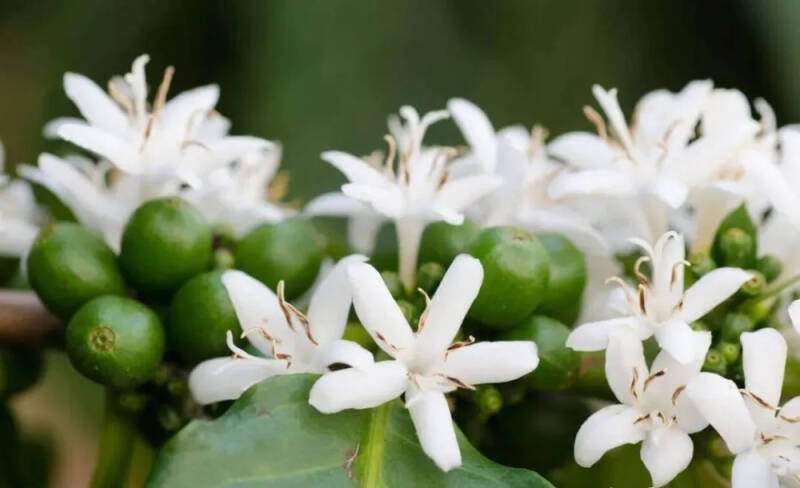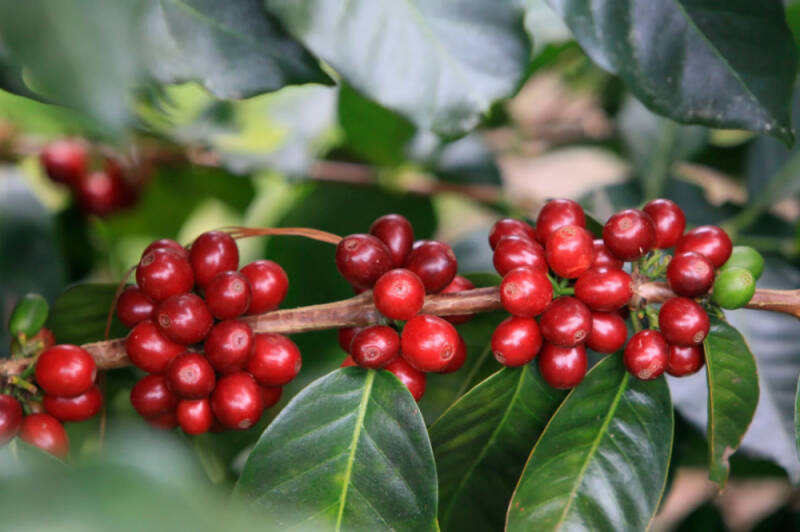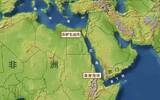Introduction of main cultivated varieties in Honduras: Pacas, Lompilla, IHCAFE90 and H3
The growth and evolution of coffee beans are different all over the world. After all, there are many different factors. Local humidity, rainfall, sunshine, altitude and soil characteristics all affect the yield and quality of coffee cultivation. Therefore, different regions and countries have their own unique varieties of coffee.
Today, Honduras has become one of the top ten coffee producers in the world and the second Arabica producer in the world. Coffee is extremely important to the Honduran economy, accounting for about 30% of the total value of exports. And Honduras established the National Coffee Institute (IHCAFE) in 1970 to help the country's coffee industry develop. Currently, only Arabica varieties are grown in Honduras, including Bourbon, Kaddura, Kaduai, Pacas, Lompilla, IHCAFE90, H1 and H3. Some kinds of beans have been introduced earlier, this time I will introduce several other varieties of coffee.
Pacas (Pacas) Pacas (Pacas) is a natural mutant of bourbon. The plant becomes smaller because of a single gene mutation. It is small in size and can be planted closely with other plants. The Pacas variety was first discovered in 1949 on a farm owned by the Pacas family in the Santa Ana region of El Salvador (hence the name Pacas). In 1960, the Salvadoran Coffee Institute (ISIC) began a pedigree selection program for Pacas (selecting a single plant through several generations). At present, the variety is still widely cultivated in El Salvador, accounting for 25% of the country's coffee production. Later, it was introduced to Honduras by the Honduran Coffee Institute (IHCAFE) in 1974, mainly in the Montesirius (Montecillos) region of Honduras. The front street uses Honduran sherry barrel-treated coffee beans, including Kaddura, Kaduai, and Pacas. This coffee is brewed and tasted at the ratio of V60, cream, whisky and berries, with a black finish and a maple syrup-like taste.

Pacas (Pacas)
Lempira, a subspecies of Katim, is a cross between Timor and Kaddura, resulting in the first generation of F1 hybrid group, namely Katim Catimor. Because of its high yield, disease resistance and adaptability to low altitude and warm climate, it has been rapidly planted in American coffee plantations. Since the late 1980s, national coffee laboratories have begun to develop their own Katim subspecies. Lompilla Lempira is a Katim subspecies bred by the Honduran Coffee Institute. Recently, however, Lompilla Lempira has confirmed through scientific evaluation that it is vulnerable to coffee leaf rust and OJO DE GALLO fungal disease in Honduras and is currently recommended only in acidic or aluminum-rich soil and in warm areas.

Lompilla (Lempira)
IHCAFE90IHCAFE90 is also a subspecies of Katim, first bred by the Costa Rican Institute of Tropical Agriculture and the Centre for higher Education (CATIE), which introduced the F5 offspring of Portuguese H26 material, and named T5175. Honduras also introduced research to cultivate IHCAFE90, so it is similar to T5175. But recent science has confirmed that it is also affected by leaf rust and OJO DE GALLO fungal disease in Central America.
IHCAFE90
H3H3 belongs to the first generation (F1) hybrid, which originated from the hybrid between Kaddura and the Ethiopian native variety (E531) collected in Costa Rica. The variety is part of a variety developed jointly by the Institute of the French International Centre for Agricultural Research for Development (CIRAD), the Union of Central American Coffee Institutes (Promecafe) and the Coffee Gene Bank (Catie) in Costa Rica. However, H3 showed some sensitivity to leaf rust, but the quality was higher. Because traditional American varieties are severely genetically constrained, breeders in Central America strive to breed F1 hybrids to increase genetic diversity in the region. This variety is selected by the Honduran Coffee Institute (IHCAFE) for F1 pedigree.
H3
Important Notice :
前街咖啡 FrontStreet Coffee has moved to new addredd:
FrontStreet Coffee Address: 315,Donghua East Road,GuangZhou
Tel:020 38364473
- Prev

As global coffee prices continue to rise, India's coffee exports will soar
Recently, as commercial ships in the Red Sea area continue to be attacked by Houthi forces, maritime commercial ships have no choice but to stop operation or make a detour. This approach has led to a significant increase in shipping costs and time, especially coffee beans. According to reports, the futures price of robusta coffee on ICE is the highest in nearly 16 years.
- Next

Drink coffee to prevent diarrhea? Coffee may prevent irritable bowel syndrome
▲ Click to follow | Daily boutique Coffee Culture Magazine Coffee Workshop it is well known that some people drink coffee because it is delicious, some people drink coffee to refresh themselves, and some people drink coffee to help better … Mm-hmm... A number of studies in the past have shown that long-term moderate consumption of coffee can indeed bring
Related
- What effect does Italian American coffee with filter paper have? Will coffee taste better if it is put on filter paper at the bottom of the powder bowl?
- What is the color difference in coffee beans? What are the characteristics of honey processed coffee beans? Why are the anaerobically treated coffee beans uneven in color?
- How does novice Xiaobai quickly get started and make coffee? Newbies learn to make coffee by hand and share the specific steps and process process!
- Costa tea has a shelf life of 100 years?! Expert: Unable to verify
- It's a huge uproar! American milk addition was rejected by Manner employees?!
- Mocha pot coffee bean recommendations| How fine and how much powder should be used for grinding? What parameter ratios do I need to use to make milk with Mocha pot coffee?
- What are the characteristics of the world's top ten coffee beans treated with Costa Rica honey? How to make black honey kadura from Tarazhu Pilon Processing Plant taste good?
- How to make deep-roasted coffee? What grinding water temperature does authentic Jamaica Blue Mountain No. 1 coffee use to brew it well?
- Selected high-grade rose summer coffee flavor tasting guide Why Panama rose summer has the aroma of flowers and fruits
- What equipment does a novice Xiaobai need to buy to learn to make coffee? Filter cup electronic scale bean grinder manual flushing pot purchase guide

